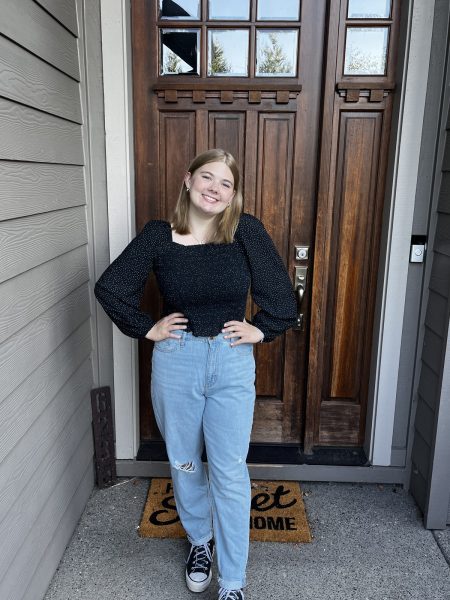Wildfires in Oregon
October 7, 2022
As summer came to a close we were met with the all too familiar hazy skies, suffocating smoky air, and overwhelming heat. Oregon has seen unprecedented fire behavior in the past couple of years, causing more and more people to become aware of the wildfires in our area. How do these fires start? Why are there so many fires? What can we do to prevent wildfires?
We need to begin by acknowledging that not all wildfires are bad and that they can be vital to the health and longevity of forests. “Before settlers arrived in America, Indigenous peoples frequently burned their land. These fires were lower in severity, burned slower, and would creep across thousands of acres. They used fire to manage their herds, increase fertility in the soil, manage overgrown fields and forests, and keep trees from overcrowding prairies,” explains Rachel Everist, who has been a firefighter in Sandy for two years. Eventually, the Europeans came to America, with their ideology of stopping all fires, which eventually lead to overgrown forests, which, if caught on fire, are more likely to lead to the larger fires we are used to today.
Although many people believe wildfires are started by heat and wind, around 90% of fires are human-caused. There are many scenarios with the potential to spark a fire, including parking vehicles on dry grass, tossing cigarettes out of car windows, not properly extinguishing campfires, lighting fireworks, and many more. Fires can also be started by lightning strikes, power lines, or vegetation being below a certain percentage of moisture. “This is called fuel moisture. Fuel is how we refer to anything that can feed a fire, such as grass, pine needles, dead branches, trees, etc. As summer goes on, fuels get more and more dried out until it takes very little to ignite them. Combine that with a hot day, hot east winds, and people out playing in the forest, and presto, you have the perfect recipe for a big fire,” Everist comments.
“Be aware of when fire restrictions are in place, be careful where you park your car,
remember to thoroughly drown campfires when they are allowed, and don’t mess with
fireworks,” advises Everist. Another important practice is being aware of how close vegetation is to the side of a house. If there is more defensible space, (the amount of space separating flammable vegetation from the siding of a building) there is a higher chance of the structure surviving a wildfire.
The catastrophic fires of 2020 and 2021 led to people being more careful and reducing the number of wildfires in 2022. Wildfires will always be around in Oregon, and they are extremely necessary for keeping forests healthy and alive. By making sure to do our part in following rules surrounding fire and safety, we can help reduce the risk of severe fires.






